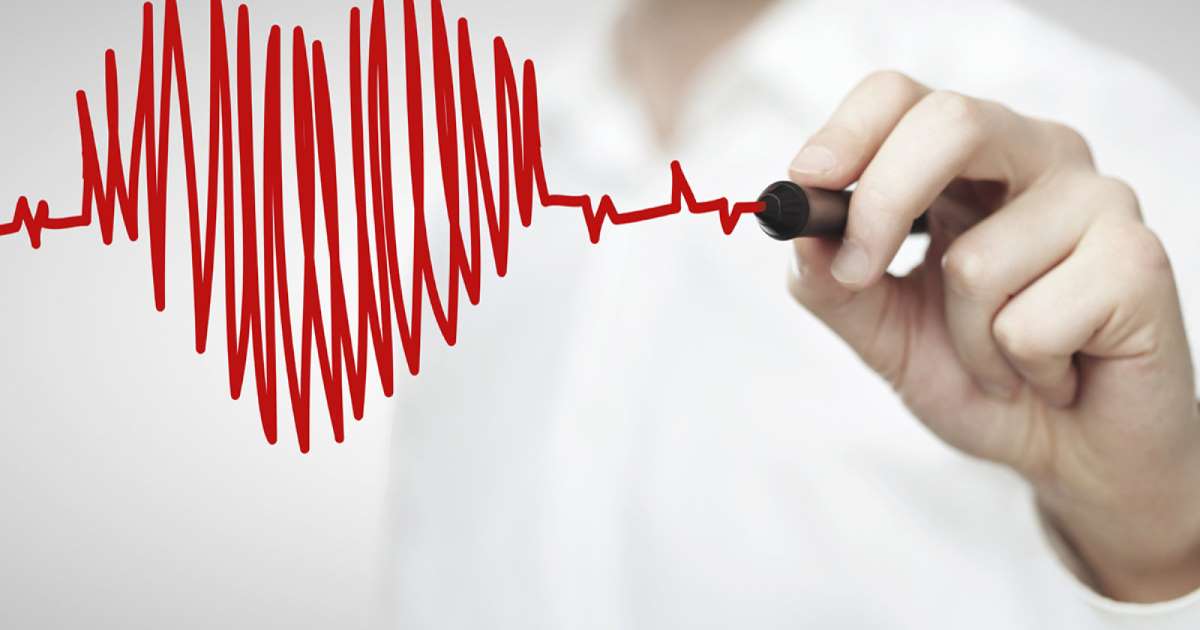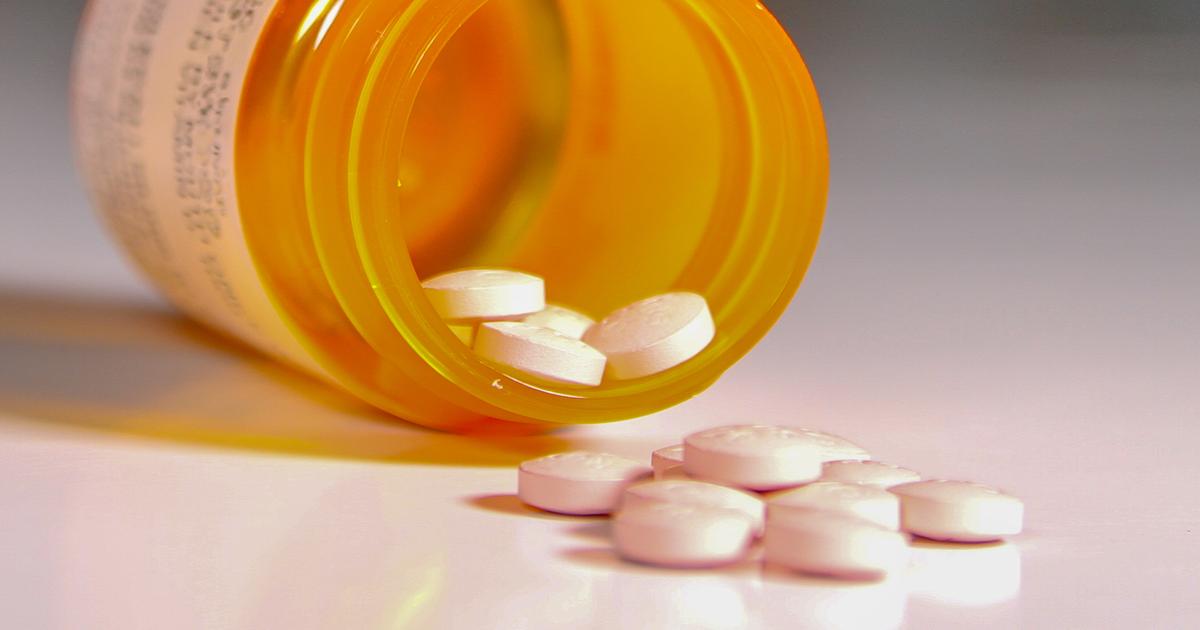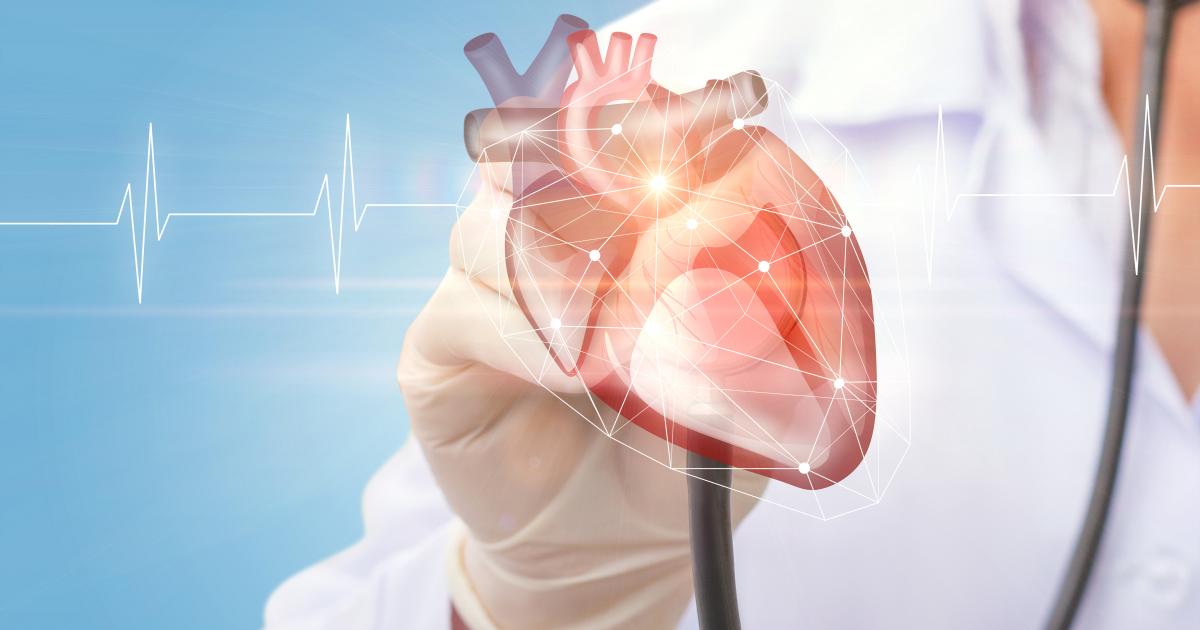The Main Differences Between Angina Attacks & Heart Attacks
Any sudden or long-lasting chest pain is a reason for concern. Many heart diseases and conditions can go unnoticed until pain strikes, indicating a critical problem. While chest pain often accompanies heart attacks, there are other conditions that can cause similar discomfort. Angina, a common health issue caused by decreased blood flow to the heart, can present many of the same symptoms as a heart attack, but does not require immediate emergency medical treatment as a heart attack. Dive in and discover the differences between angina pain and a heart attack, and the warning signs all patients should be aware of.
Types Of Angina And Heart Attacks

There are several types of angina and heart attacks. Stable angina refers to chest pain experienced as a result of coronary heart disease and the heart muscle not being supplied with the proper amount of blood. Stable angina generally occurs when an artery has been blocked. Unstable angina refers to unexpected chest pain that generally onsets during periods of rest. It is a result of blocked arteries, which reduces the flow of blood to the heart. Variant angina is a rare form of heart pain that typically occurs in younger individuals and is generally the result of stress, cocaine use, exposure to cold weather and smoking. Microvascular angina is typically the result of arterial spasms restricting the flow of blood within the heart. STEMI heart attacks are the result of blocked coronary arteries, NSTEMI heart attacks the result of partially blocked coronary arteries and CAS heart attacks the result of narrowed heart arteries that restrict blood flow.
Get the details on causes of angina pain now.
What Causes Angina Pain?

Angina is usually related to heart disease and occurs when plaque, a fatty substance, builds up within the arteries, blocking blood flow to the heart muscle, resulting in the heart working harder and with less oxygen. This is what causes the chest pain many individuals feel when living with angina. Blood clots in the arteries of the heart can also cause angina, however, blood clots in the heart usually lead to a heart attack. This is one of the major differences between both conditions. Other causes of angina and chest pain include a pulmonary embolism, hypertrophic cardiomyopathy, aortic stenosis, pericarditis, and aortic dissection.
Next, discover what causes a heart attack to occur.
What Causes A Heart Attack?

A heart attack, also called a myocardial infarction, occurs when the flow of blood to one or more of the coronary arteries becomes blocked due to fat, cholesterol, and other substances that form plaque and thus clog the arteries. The plaque eventually breaks away from the buildup and forms a clot, which interrupts blood flow through the arteries and leads to damage to parts of the heart muscle. A coronary artery can narrow from the buildup of multiple substances, such as cholesterol, which results in coronary artery disease, the most common cause of a heart attack.
During a heart attack, one of these plaques may rupture and spill cholesterol into the bloodstream, where a blood clot forms at the site of the rupture. If the blood clot is big enough, it can block the flow of blood through the coronary artery, resulting in the heart starving for oxygen and nutrients. Another cause of a heart attack is a spasm of the coronary artery that stops the flow of blood to a part of the heart.
Next, learn about one of the most common differences between angina pain and heart attacks.
Angina Usually Strikes During Exertion

A heart attack can strike at any moment, even in individuals who are otherwise generally healthy. If chest pain strikes while someone is resting or not engaged in any physical activity and lasts for a significant amount of time, it could indicate the pain is due to a heart attack. Stable angina usually only occurs when individuals are engaged in physical exercise, strenuous activity, or are experiencing stress, and lasts for approximately five minutes. The pain should go away when the patient is resting. Although it may not be a heart attack, stable angina can also be a clear sign a patient is going to experience a heart attack at some point, and should consult with a doctor if they experience stable angina frequently.
Keep reading to find out another common difference between pain from angina and a heart attack now.
Heart Attacks Are Not Only Felt In The Chest

Angina symptoms are typically localized in the chest close to the heart and can be misdiagnosed as indigestion considering the symptoms of both conditions are felt in the same area. Typical angina symptoms include aching, burning, discomfort, heaviness, pressure, or a squeezing sensation in or around the heart. Heart attack pain, on the other hand, can affect not only the chest and heart areas but also the arms, jaw, stomach, back, or neck. Many patients who have suffered a heart attack reported numbness or stiffness in their left arm that was simultaneous with chest pain. If any of these symptoms are present alongside chest pain, they likely are indicating a patient is experiencing a heart attack.
Next, learn how angina pain can disappear, whereas a heart attack is persistent.
Angina Pain Dissipates After Rest

Heart attack pain is persistent, and there is little one can do to relieve it other than receiving emergency medical treatment at a hospital. Angina pain can often be relieved by resting and the patient allowing their heart rate to return to normal. Individuals experiencing chest pain should immediately stop any physical activity and rest for a few minutes to determine whether chest pain is simply due to angina or if it is a sign a heart attack is going to occur. Patients should also be aware there is another type of angina pain called unstable angina, which is chest pain that occurs when an individual is at rest or not very active, and the pain can be strong, long-lasting and happen frequently. If a patient experiences unstable angina, it is a clear sign they are going to suffer a heart attack, and should seek medical attention immediately.
Continue reading to reveal the common symptoms of heart attacks and how they differ from angina symptoms.
The Difference Between Symptoms

Angina is most often described as a dull ache in the chest, where the pain is localized in and around the heart and is unaccompanied by any other symptoms. Heart attacks, on the other hand, present themselves as a variety of symptoms and sensations. Individuals who have suffered a heart attack often report feeling lightheaded and suddenly becoming sweaty or clammy. Heart attacks are frequently accompanied by shortness of breath, dizziness, nausea, or vomiting. If any of these symptoms occur while an individual is experiencing chest pain, it is a good indicator they might be experiencing a heart attack.
Keep reading find out how angina can be relieved with treatment.
Angina Pain Can Be Relieved With Medications

Angina is often a chronic problem that can come and go based on an individual’s stress and activity levels. Considering angina does not cause any lasting damage to the heart, individuals with angina are still free to enjoy any physical activity they can handle. For this reason, patients with a history of angina are often prescribed nitroglycerin tablets. This medication can relieve chest pain associated with angina in just a matter of minutes. Heart attack pain, meanwhile, is not simply relieved by taking nitroglycerin, but rather an acetylsalicylic acid and other blood-thinning medications that may ease the pain until the patient reaches a hospital.
Next, discover other treatment options patients can take to relieve angina.
Treatment Options For Angina

Treatment options for angina vary, as it depends on how much heart damage a patient has. For patients with mild angina, medication and lifestyle changes can greatly improve blood flow and help with managing its symptoms. A doctor might prescribe medications that can widen or relax the blood vessels and allow more blood flow to the heart, decrease the heart rate so the organ does not work too hard, and to prevent blood clots. Medical procedures can also be done if medication does not help lessen the symptoms of angina, including angioplasty or stenting, which is a tiny balloon inserted into an artery to widen it and restore blood with a small tube, known as a stent, left inside to keep the artery open. Another surgical option is a coronary artery bypass grafting (CABG) or bypass surgery, where healthy arteries are taken from other parts of the body and are used to go around the blocked or narrowed blood vessels.
Lifestyle changes can also dramatically lessen a patient’s angina symptoms and include resting when necessary especially when they experience pain from stress or physical activity, eating smaller and more frequent meals if larger meals trigger chest pain, and to quit smoking. It is also recommended that patients exercise regularly to keep their heart functioning properly, engage in stress-relieving activities such as yoga, and to visit their doctor regularly for checkups.
Keep reading to reveal how to treat a heart attack now.
Options For Treating A Heart Attack

With each passing moment after a sudden heart attack, more heart tissue continues to deteriorate and die, and restoring blood flow as fast as possible is the only way to prevent permanent heart damage. Thankfully, there are a few medications a patient can take to help ease the symptoms of a heart attack and slow its progression. As previously mentioned, acetylsalicylic acid is the best medication to take when suffering from a heart attack, as it reduces blood clotting and helps to maintain proper blood flow through a narrowed artery. Thrombolytics help dissolve a blood clot that is blocking blood flow to the heart, and the quicker patients receive this medication after a heart attack, the greater chance they will have at survival.
Another medication that helps alleviate a heart attack is antiplatelet agents, also known as platelet aggregation inhibitors, which help prevent new clots from forming and keep existing clots from getting bigger. Beta blockers are also frequently used for patients suffering from a heart attack, as these medications help relax the heart muscle, slow down the heartbeat, and decrease blood pressure. Other medications that can be administered include other blood-thinning medications, pain relievers, nitroglycerin, ACE inhibitors, and statins.
In addition to medications, a patient may have a surgical procedure performed to help treat their heart attack. These procedures include a coronary angioplasty and stenting, and coronary artery bypass surgery. After a heart attack, it is also essential that a patient participates in a cardiac rehabilitation program so they may resume a normal, healthy life as soon as possible.
Next, find out how to prevent angina pain and a heart attack.
Prevention Tips

To put it simply, you want what is best for your heart and to live a long and healthy life. The best way to prevent angina pain or a heart attack is to live a healthy lifestyle comprised of eating the right foods, consuming enough nutrients, reducing stress, and staying active. The best ways to prevent a heart attack and angina pain is by eating plenty of fresh fruits and vegetables, whole grains, and foods high in omega-3 fatty acids, such as fish. Cut down the amount of salt, sugar, saturated fats, red meats, and processed foods you consume, as these can significantly contribute to your risk of experiencing a heart attack or angina pain.
Other prevention tips include reducing stress through relaxation methods such as yoga or meditation, quitting smoking, frequently monitoring blood pressure and blood sugar, and staying active and maintaining a healthy weight. One of the best ways to monitor your heart health is to keep an eye on your cholesterol, as too much low-density lipoprotein cholesterol can significantly increase your chances of heart disease, a heart attack, and angina pain. Ask your physician for a blood test if you are concerned. Try to increase your high-density lipoprotein cholesterol by eliminating unhealthy fats from your diet and consuming healthier, whole foods.
Continue to learn about damage following a heart attack versus angina attacks now.
Heart Damage After Angina VS A Heart Attack

Heart damage after angina vs a heart attack differs in the fact angina attacks don't create permanent damage to the heart. In contrast, during a heart attack, blood flow is typically either severely restricted or completely ceased to the heart muscle. This lack of blood flow, even for just a couple of minutes, injures the heart. The extent of damage the heart muscle incurs will depend on how big the area affected by the blocked artery is and how much time elapses between the lack of blood flow and the onset of treatment. This is why it is extremely important to seek medical attention when symptoms of a heart attack are experienced.